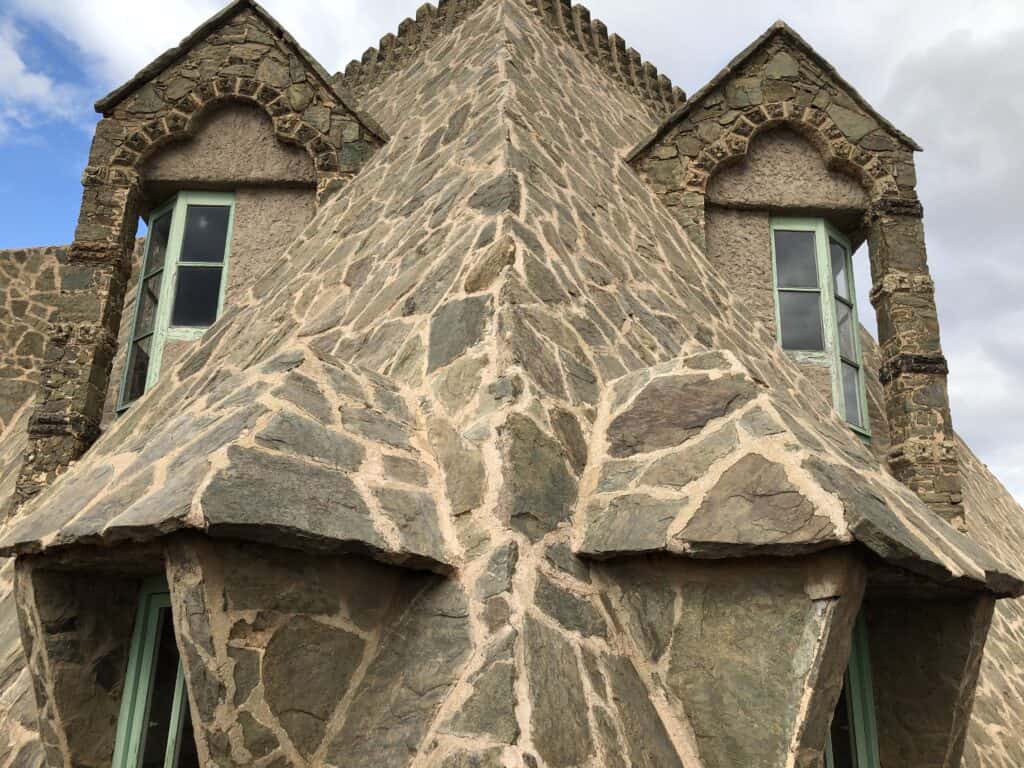There are many iconic buildings designed by Antoni Gaudí in Barcelona. However, there is a lesser known but equally fascinating building that is the work of this renowned Catalan architect: the Bellesguard Tower.
It is “Gaudí’s great unknown” due to its secluded location and its history as a private residence.
The Bellesguard Tower, which dates back to 1900, is located at the top of the Sant Gervasi district, at the foot of the Collserola mountain range. This location provides 360-degree panoramic views of the city, which justifies its name meaning “beautiful views”.
In 2013 the Bellesguard Tower opened its doors to the public as a visitable modernist monument and now, on the tenth anniversary of this opening, new discoveries of the building have been revealed and previously unvisitable spaces have been opened.
A visit to Gaudi’s Bellesguard Tower
On November 5, 2023, Grupo Catalana Occidente (GCO), which now owns Bellesguard, will organize a special tour that will give visitors access to the second noble floor of the Bellesguard Tower.
In addition to appreciating the unique architecture of the building, the visit will reveal a secret that Antoni Gaudí hid in the walls of the building and that has remained hidden until now.
Its rose window on the façade depicts a starry sky with a large eight-spiked star in the center. This stained glass window has multiple meanings, as a reference to the night Jesus was born, the star Venus, the Christmas star followed by the Magi or the rose of Reus.
However, the real secret of this star has recently been discovered by Galdric Santana, Gaudí chair and director of the Grup d’Investigació Bellesguard.
Splendor at Christmas
Santana’s research has revealed that Gaudí designed the stained glass window of the main facade with a precise inclination that allows every December 25, between 16 h and 17 h in the afternoon, the sun enters through the star of the Bellesguard Tower directly.
This sharply projects the silhouette of the star inside the building, creating a play of light and shadow that reaches its maximum splendor at Christmas. Although the effect of lights and shadows can be seen at other times of the year, Gaudí calculated that its maximum brightness and sharpness would occur precisely on Christmas Day.
Gaudí, known for describing the colors that the light left behind as it passed through the stained glass windows as “ephemeral paintings of God,” experimented to the fullest with the possibilities of stained glass in the Bellesguard Tower.
Although the use of gnomonics, the science that studies the trajectory of the sun and its use to create projections, was generally reserved for sacred or cult buildings, such as cathedrals or churches, Gaudí decided to incorporate it into this building.

